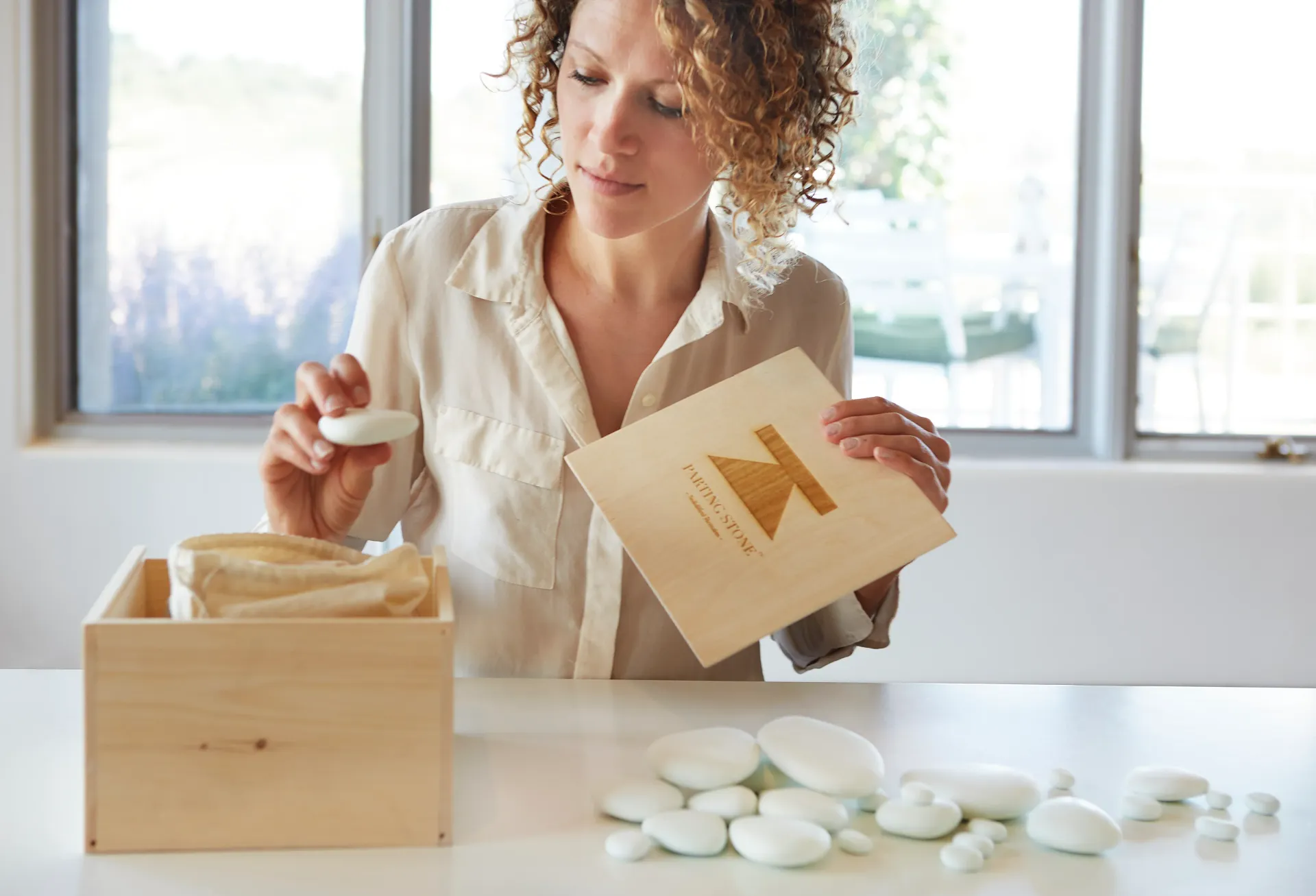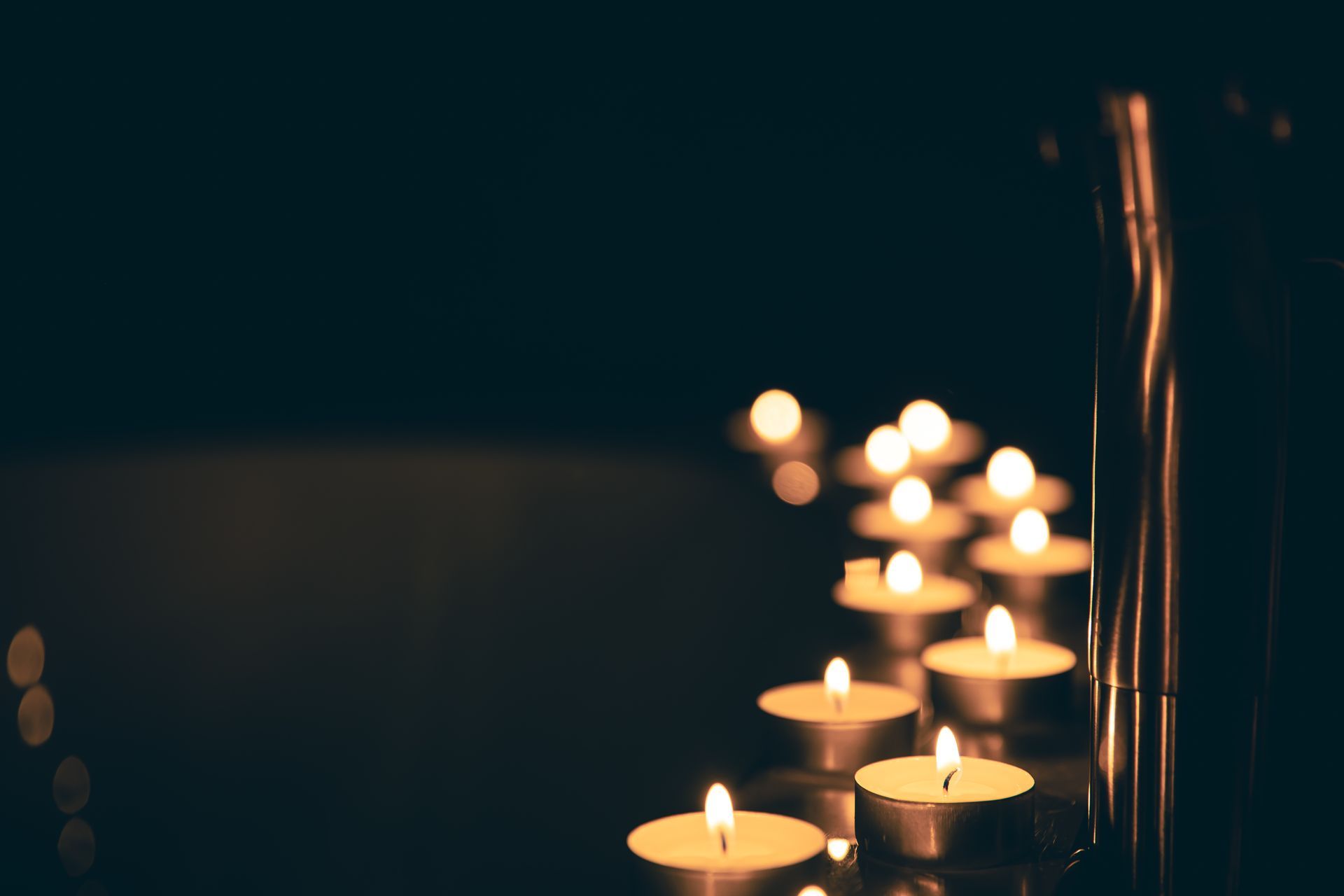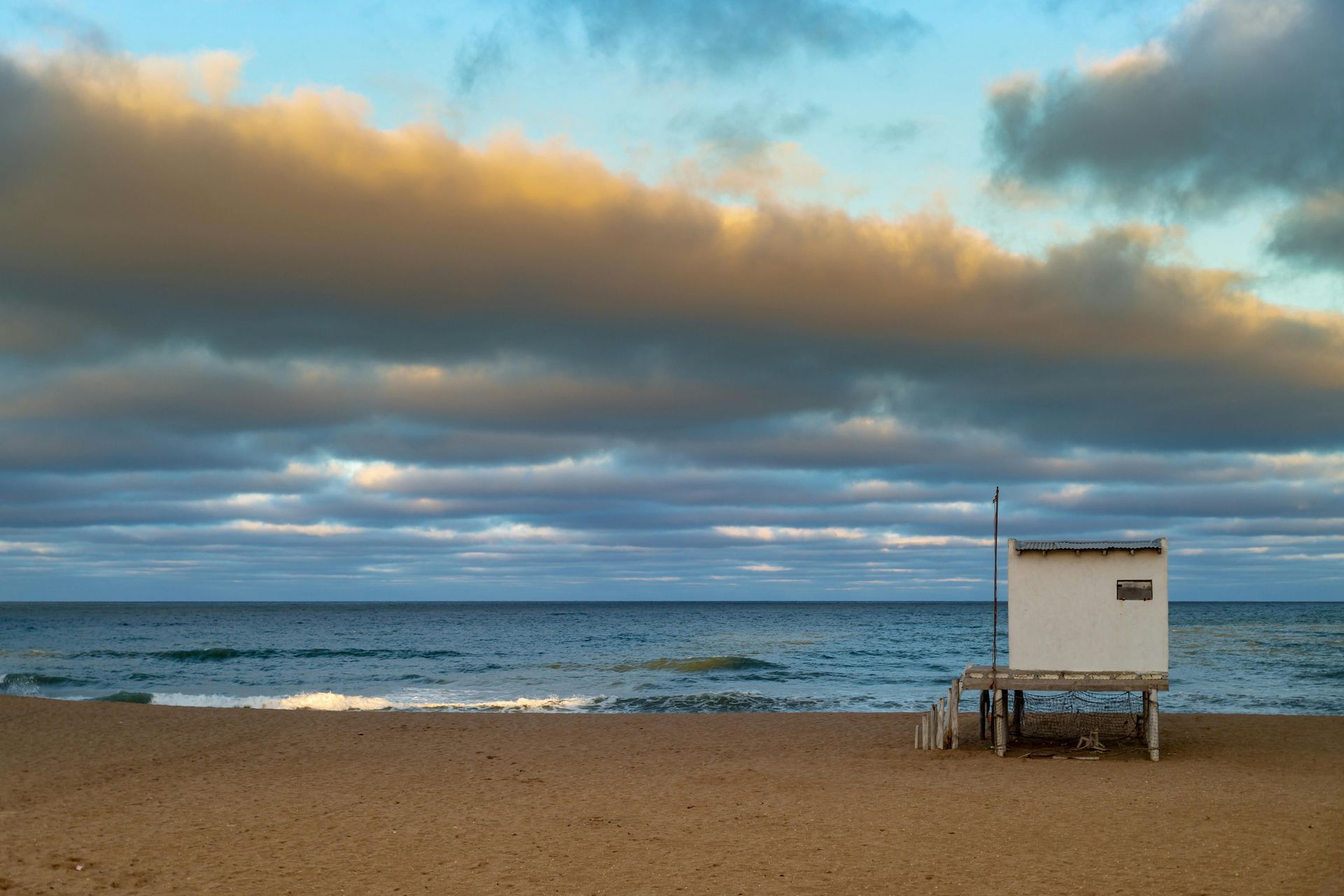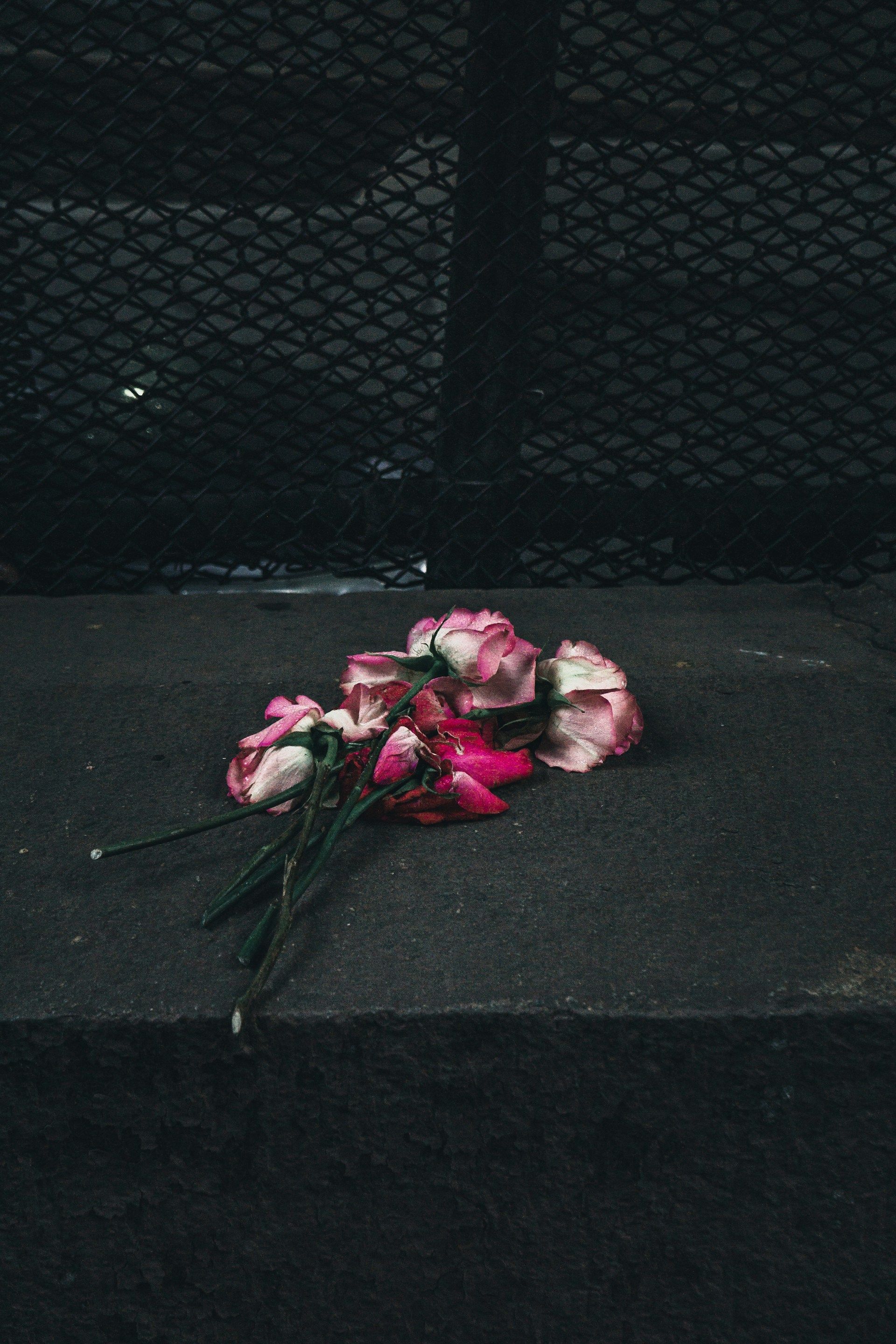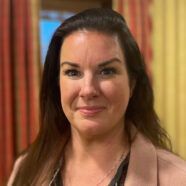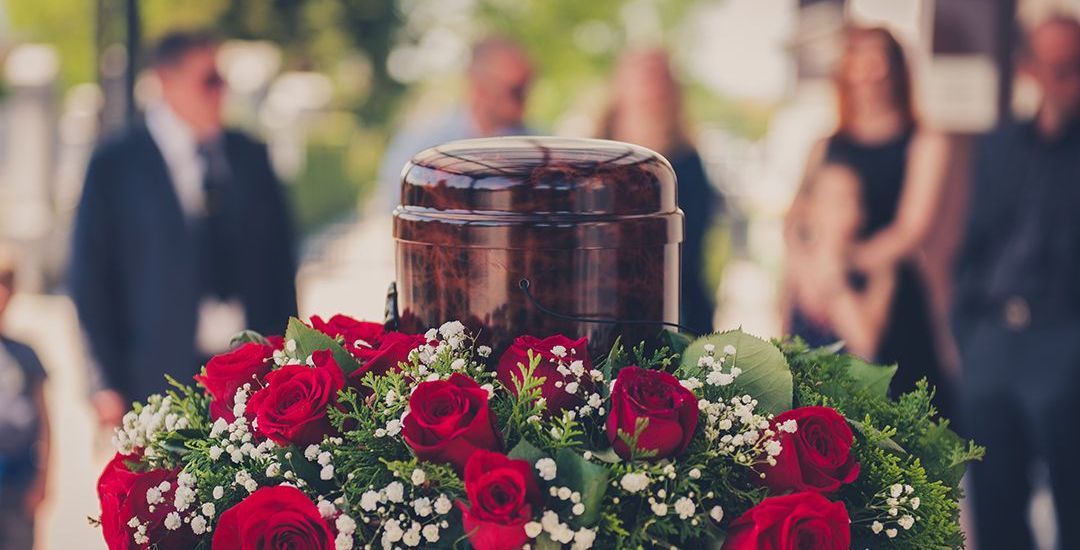Sheryl Sandberg, COO of Facebook, Pens Book Offering Tips on Coping with Grief
April 15, 2017Two years after the sudden loss of her beloved husband, Facebook COO and Lean In Author Sheryl Sandberg candidly shares the journey through her grief in a new book co-authored with her friend and psychologist Adam Grant in hopes of helping others face adversity and find joy once again.
Facebook COO and Author Sheryl Sandberg, shown here at the Moët Hennessy Financial Times Club Dinner in 2011, shares her journey through grief in a new book, Option B. Photo Credit: Drew Altizer
In May of 2015, Sandberg and her husband Dave Goldberg, who was the CEO of Survey Monkey at the time, were on vacation in Mexico to celebrate a friend’s birthday. Goldberg had gone to the gym to work out. When he didn’t return hours later, Sandberg went in search of her husband only to find him on the floor by the treadmill. Goldberg, who Sandberg describes as her rock, was rushed to the hospital but died tragically of cardiac arrhythmia at age 47. Their children were only seven and ten years old at the time, and telling them that they would never see their father again was the hardest part of the heartbreak for Sandberg.
But coping with the trauma – as well as how her family and friends reacted to her in her grief – taught her what was helpful and what was not helpful in healing from the pain and learning how to embrace life again. Option B: Facing Adversity, Building Resilience, and Finding Joy shares what she’s learned in an effort to derive some meaning from the tragedy.
The Elephant in the Room
When Sandberg went back to work at Facebook following the loss, her confidence was low and she often broke down in tears. But her co-workers didn’t know how to react, so they often acted as if nothing had happened. Her boss, Facebook CEO Mark Zuckerberg was sure people wanted to help but just didn’t know how. Sandberg wasn’t so sure. She found it insufferable to engage in small talk or discuss the weather when she was suffering so profoundly. She thought about carrying a small stuffed elephant with her to acknowledge the elephant in the room, but wasn’t sure others would understand the metaphor.
A month after the tragedy, a period of mourning called “sheloshim” in the Jewish religion, Sandberg posted a candid expression of her grief on Facebook which changed how others perceived her and how they reacted to her. She wrote, “I think when tragedy occurs, it presents a choice. You can give in to the void, the emptiness that fills your heart, your lungs, constricts your ability to think or even breathe. Or you can try to find meaning…So I am sharing what I have learned in the hope that it helps someone else. In the hope that there can be some meaning from this tragedy.”
She continued with her thoughts on how to communicate with someone who has experienced a deep loss: “I have learned that I never really knew what to say to others in need. I think I got this all wrong before; I tried to assure people that it would be okay, thinking that hope was the most comforting thing I could offer…Real empathy is sometimes not insisting that it will be okay but acknowledging that it is not.”
Sandberg also provided this advice on the simple act of asking someone how they are doing: “Even a simple “How are you?”—almost always asked with the best of intentions—is better replaced with “How are you today?” When I am asked “How are you?” I stop myself from shouting, My husband died a month ago, how do you think I am? When I hear “How are you today?” I realize the person knows that the best I can do right now is to get through each day.”
After posting this heartfelt confession, her friends and co-workers felt more at ease in approaching her, asking how she was doing today, or even stopping by her house to spend time with her.
Even before the Facebook post, Sandberg had been recording her feelings in a journal – a practice she recommends for others going through a deep loss. Her journal became the backbone of Option B , the book chronicling her grieving process and providing hope for others.
With the help of her friend and co-author Grant, Sandberg learned about three mistakes that can become stumbling blocks for those trying to heal from grief. Sandberg calls them the three “p’s” – believing adversity to be personal, pervasive and permanent.
Five Tips for Coping with Grief
People magazine recently ran an interview with Sandberg about her new book and healing after loss. The editors of People compiled a list of five tips from Sandberg’s book on coping with grief and posted them online. For more information, click here for the complete People article.


